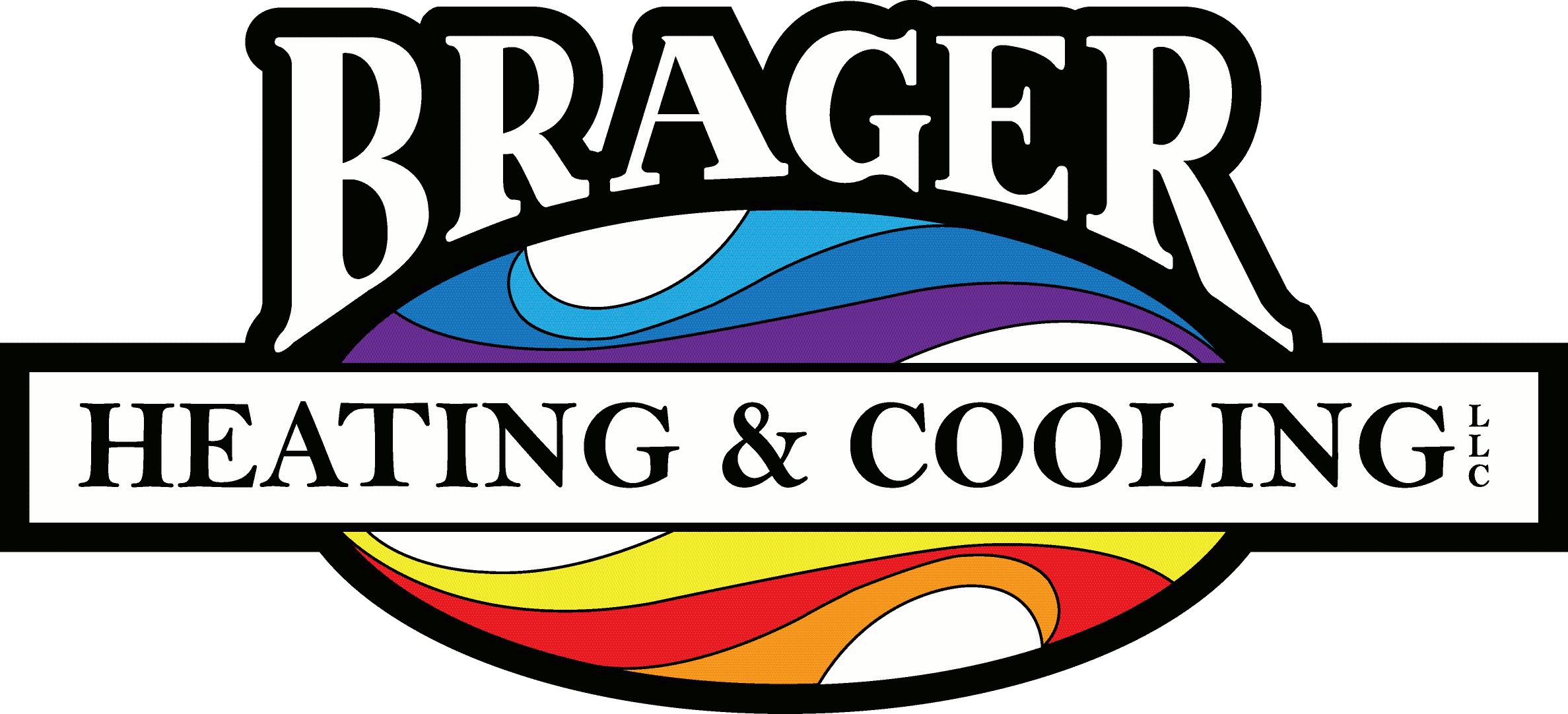It’s always nice when we manage to save money on our utility bills, but you should know there’s a way to lower energy use, even when you’re not even home.
The key is your thermostat. By learning more about its special features and settings, you can help the thermostat plan for your preferred temperatures. You can create a number of automated temperature settings for when you’re at home, away or even when you’re asleep.
If you’re willing to make these adjustments, you’ll be able to enjoy comfortable temperatures while also keeping more of your money. Here are some ways your thermostat can save you money in the summer:
While at Home
Whenever you’re at home, you want comfortable temperatures. It’s only natural to want your thermostat lower in the summer while inside to appreciate the cool air.
But in terms of energy efficiency, the best range for when you’re in your home during the summer is usually between 78 and 80 degrees Fahrenheit. This way, you’ll keep cool while keeping your energy bill more manageable.
While Gone
If you’re setting the temperature for a vacation or other trip away from the house, it’s advantageous to set the thermostat higher than you would if you were in the house.
For some homes, you can set the thermostat to higher temperatures like 88 degrees while no one is home before you adjust it back to the sweet spot of 78-80 degrees after you return. This way, your air conditioning unit won’t be working overtime to keep an empty house cool.
While Asleep
For a full night’s rest during summer weather, you want your thermostat set at a comfortable temperature. You should try and keep things between 68-72 degrees Fahrenheit. This will keep you from getting too hot or too cold when you are trying to get some rest.
Other Ways to Use Less Energy:
- Smart thermostat installation: Using a smart thermostat in the summer can lower energy costs by automatically adjusting to your lifestyle and idea of what comfortable is. A smart thermostat manages the temperature if you are home or sleeping, while allowing it to get warmer when no one is home. With models like the Lennox iComfort, you have the ability to remotely access and change the temperature through your smartphone, tablet or laptop. Requesting smart thermostat installation in your Mount Horeb home is an effortless way to set the correct temperature even when you aren’t home.
- Update your existing HVAC system: Upgrading your HVAC system is another great option for long-term energy savings. By investing in a more energy-efficient system, you can also count on lower utility bills since more efficient equipment requires less energy to reach your preferred temperatures. Air conditioning installation in Mount Horeb is a great way to beat the heat in the summer.
- Schedule annual AC maintenance: Whether or not you keep up with regular air conditioning maintenance in Mount Horeb can have a big impact on your monthly energy use. By regularly cleaning the coils, checking for damage and clearing air vents of dust and debris, you may notice your HVAC system perform better during day-to-day use.. More efficient operation reduces strain on important or delicate components and lowers operational costs, resulting in lower energy usage and subsequently, smaller bills.
- Replace your air filter regularly: Regularly changing the air filters in your HVAC system saves money by helping air flow efficiently through your air conditioner. When filters are clogged with dirt and debris, air conditioners have to work harder, and this greater strain could shorten the system’s life span and lead to breakdowns.
- Confirm your attic is sufficiently insulated: Insulation is a crucial component for any energy-efficient home, keeping the hot air outside and the cool air inside over the summer. The North American Insulation Manufacturers Association (NAIMA) offers an official recommendation stating homeowners in souther states should install at least 13-14 inches of insulation, while states further north need 16-18 inches.
- Inspect your air ducts: Leaky ductwork can raise your energy bills much more than 20 percent, plus it can affect equipment such as your water heater, clothes dryer and other appliances throughout your home. Checking your ductwork for leaks and sealing them can help with both these issues.
- Seal all other leaky spots in your home: Finding and sealing any remaining leaks in your home with caulk, foam sealant or weather-stripping keeps temperatures a little cooler on hot summer days. Don’t forget to check for any gaps around windows, doors and even outdoor fixtures. Taking the time to seal up any leaks now can help you save a lot over time.
